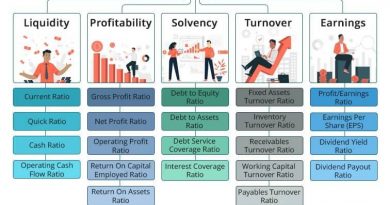Tuck-In Acquisition What it Means How it Works Example
Contents
Tuck-In Acquisition: Meaning, Process, and Example
What Is a Tuck-In Acquisition?
A tuck-in acquisition involves a larger company completely absorbing a smaller company and integrating it into its own platform. The acquirer’s platform consists of the technological structure, inventory and distribution systems, and all other operational aspects. In a tuck-in acquisition, the smaller company does not maintain any of its own original systems or structure after the acquisition.
Tuck-in acquisitions are executed to grow the acquiring company’s market share or resource base. This type of acquisition is sometimes referred to as a "bolt-on acquisition."
Key Takeaways
- A tuck-in acquisition occurs when a large entity completely absorbs a smaller one.
- A larger company usually employs a tuck-in acquisition to incorporate a specific resource from the smaller company, such as technology, intellectual property, or to grow its market share.
- In a tuck-in acquisition, the smaller company does not maintain any of its own original systems or structure after the acquisition.
- A bolt-on acquisition is similar to a tuck-in but allows the acquired company to maintain some independence.
Understanding Tuck-In Acquisitions
A corporate strategy involving tuck-in acquisitions is used to acquire companies with valuable resources. These resources could be complementary product lines, technology, intellectual property, or market share. The ideal target of a tuck-in acquisition is a smaller company with limited growth prospects and valuable resources.
In a tuck-in acquisition, both entities usually exist within the same industry or occupy similar spaces in the market, but the acquiring company has more operational resources. This means the acquiring company is already set up to run a successful business; they have the necessary distribution, inventory, marketing, technology, and capital in place to be competitive.
Some large companies opt to make multiple acquisitions rather than spend years in research and development. Apple CEO Tim Cook stated that the company had acquired over 100 businesses in the past six years, averaging a purchase every three to four weeks.
Example of a Tuck-In Acquisition
For example, Company XYZ is a large company that makes widget presses. Company ABC is a smaller company that also manufactures widget presses. Company ABC has revolutionized the process of making widget press parts; their technology produces more durable parts at a lower cost. In a tuck-in acquisition, XYZ company purchases Company ABC and fully integrates their technology into its own systems. Company ABC begins using XYZ company’s platforms and is fully absorbed into XYZ.
Tuck-In vs. Bolt-On Acquisition
Although both tuck-in and bolt-on acquisitions involve a larger company acquiring a smaller company for strategic value, there are differences between the two. In a tuck-in acquisition, the smaller company is completely absorbed and does not maintain any of its own original systems or structure. In contrast, a bolt-on acquisition may allow the acquired business to operate independently within its own department under the larger company.
In a bolt-on acquisition, the smaller entity may keep its brand name or operate independently if it has built goodwill or name recognition. A real-world example of a bolt-on acquisition is Amazon’s purchase of Whole Foods.



